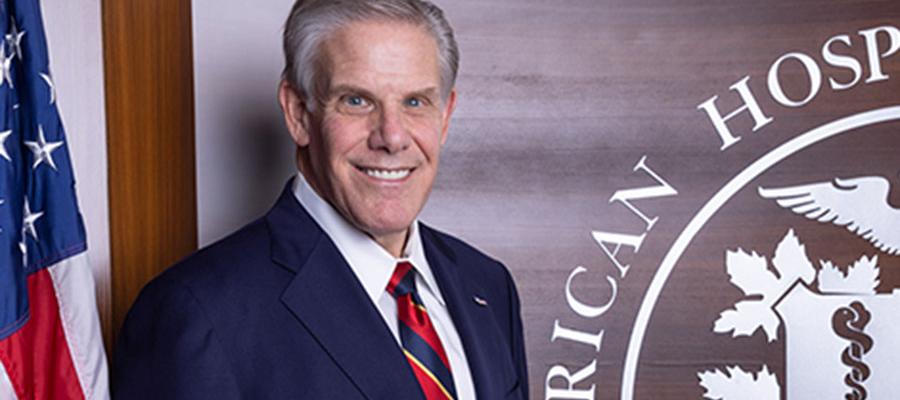Setting the Record Straight: Washington Post Editorial on Site-neutral Deeply Flawed and Poorly-timed

A March 14 editorial in the Washington Post calling for Congress to enact so-called site-neutral policies is deeply flawed and incredibly out of touch with the realities hospitals and health systems are experiencing right now.
First, the editorial was published while many hospitals and health systems have not been reimbursed for weeks for care they have provided to patients. On February 21, Change Healthcare, a subsidiary of UnitedHealth Group, was the victim of the most significant and consequential cyberattack on the U.S. health care system in American history. Since this attack, billions of dollars have stopped flowing to providers, thereby threatening the financial viability of hospitals and health systems.
Besides the editorial’s clumsy timing, it also fundamentally misses the point that all sites of care are not created equal. We cannot do away with a payment differential that is appropriate for services provided in hospital outpatient departments (HOPDs) that care for everyone, maintain emergency stand-by services, take care of more complicated patients, and have to meet tougher regulatory requirements than other sites of care.
Here are just four reasons why these policies are misguided and would reduce access to 24/7 care for patients and communities.
Medicare already severely underpays hospitals for the care they provide to patients. For Medicare, which covers more than 60 million people, new data shows that the program paid a record-low 82 cents for every dollar spent by hospitals caring for Medicare patients in 2022 — the most recent data available. This resulted in about $100 billion in Medicare underpayments that year alone. The federal government’s own Medicare Payment Advisory Commission recently agreed that Medicare margins hit a record-low that year.
This chronic underpayment combined with hospitals experiencing skyrocketing expenses for the cost of providing care over the last several years, fighting against growing cybersecurity threats, and ensuring patients have access to cutting-edge services and treatments, just to name a few, continues to put hospitals’ ability to provide quality and accessible care 24/7 to all who need it at risk. Chronic underpayments also hobble the ability of hospitals to reinvest in people and communities, expand or upgrade facilities, or to pursue the research and technological advances that advance health for all.
HOPDs treat sicker, lower-income patients with more complex and chronic conditions than those treated in independent physician offices or ambulatory surgery centers. This is in part because hospitals are better equipped to handle complications and emergencies, which often require the use of additional resources that other care settings do not typically provide.
Patients, particularly those in rural and medically underserved communities, could lose access to local hospital care. Most rural hospital funding comes from government payers, and Medicare comprises nearly half of their revenue. Medicare’s chronic underpayments have contributed to at least 149 rural hospitals closing or converting to another type of provider since 2010. Further site-neutral cuts would lead to devastating financial hardship, reduced access to essential services and programs, and additional hospital closures.
Site-neutral proposals do not account for key differences between HOPDs and other sites of care. The cost of care delivered in hospitals and health systems takes into account the unique benefits only they provide to their communities. This includes maintaining standby capacity for natural and man-made disasters, public health emergencies and other unexpected traumatic events. In addition, hospital facilities must comply with a much more comprehensive scope of licensing, accreditation and other regulatory requirements compared to other sites of care.
Instead of considering flawed policies that put patient access to care in jeopardy, Congress should focus on ways to make sure hospitals and health systems have the resources they need to continue providing 24/7 care to all patients in every community.

